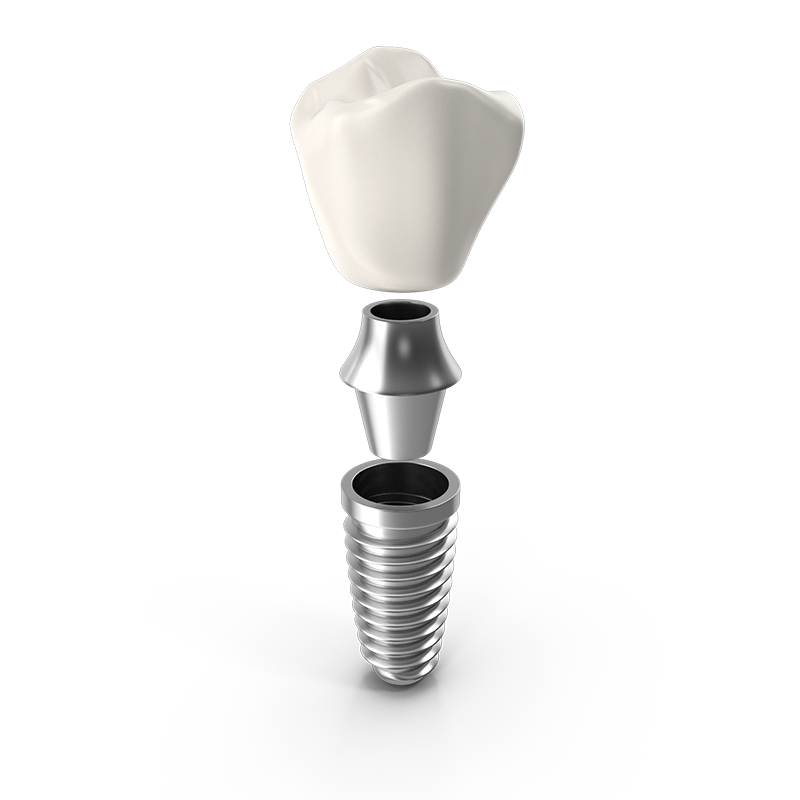Overview of Implant Placement
The dental implant placement procedure is a straightforward process that typically lasts between 30 to 60 minutes for a single implant, or up to 2 to 3 hours for multiple implants. However, the exact timeframe and number of appointments required can vary from patient to patient, depending on the specifics of each individual case. Your surgeon will approach your procedure with meticulous precision and a keen attention to detail, ensuring the best possible outcome.
Anesthesia Options
- Local Anesthesia: Local anesthesia involves administering a numbing agent directly into the area around the surgical site, effectively blocking pain signals from the nerves. This targeted approach is commonly used for dental implant surgeries, providing a comfortable and controlled experience.
- Nitrous Oxide (Laughing Gas): Nitrous oxide, also known as laughing gas, is a mild sedative that patients inhale through a nasal mask. It induces a state of relaxation and reduces anxiety, making it an ideal complement to local anesthesia for added comfort during dental implant procedures.
- IV Sedation: Intravenous (IV) sedation involves administering medications directly into the bloodstream, inducing a state of deep relaxation and reduced awareness. This form of sedation is often recommended for patients with high levels of anxiety or those undergoing more complex implant procedures.
- General Anesthesia: General anesthesia is the deepest form of anesthesia, rendering the patient completely unconscious and unable to feel pain.
Next Steps
- Meet Dr.
- Schedule an Appointment
- Read Patient Reviews
- Get Driving Directions
How do Dental Implants Work?
Dental Implants look, feel and function like natural teeth. When you lose a tooth, you lose both the root and the crown.
- In replacing the tooth, we start by placing a small titanium implant into the jawbone which acts as the new root. We then allow some time for the jawbone surrounding the dental implant to heal.
- Next, an abutment (support post) is placed on top of the implant
- Then a new replacement crown (part that you eat with) is placed on top of the abutment.
Roll over the hot buttons on the image to get a better understanding of the anatomy of a dental implant.

Titanium Implant
Your periodontist places this piece into your jawbone. It acts as your new tooth root.
Abutment
This is the support post, connecting the implant to the crown.
Crown
Your dentist will create this crown, designed to match the rest of your teeth in color and size for the most natural appearance.
Which anesthesia method will I get?
The type of anesthesia used will depend on the complexity of your procedure and your personal comfort level. We will discuss all available options during your consultation and help you choose the method that’s safest and most appropriate for you.
Am I a candidate for dental implants?

Most patients with missing teeth are candidates for dental implants, but a full evaluation is necessary to determine if implants are right for you. Ideal candidates have healthy gums, sufficient bone structure, and are in good overall health. Even if you’ve been told in the past that you don’t have enough bone, modern techniques like bone grafting can often make implant treatment possible. During your consultation, we’ll examine your mouth, review your medical history, and take detailed images to determine the best plan for restoring your smile with implants.